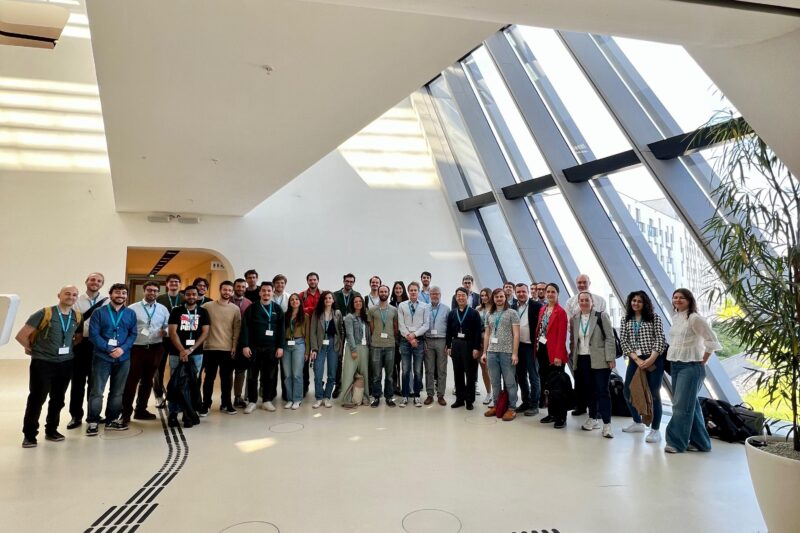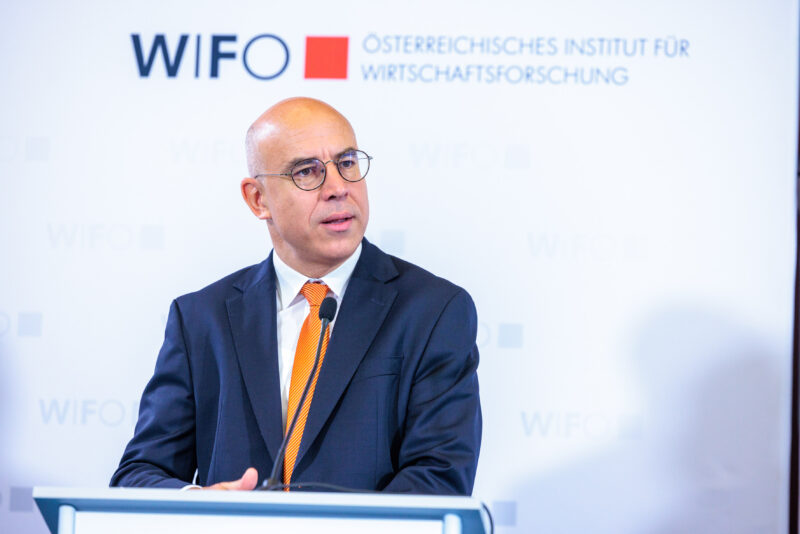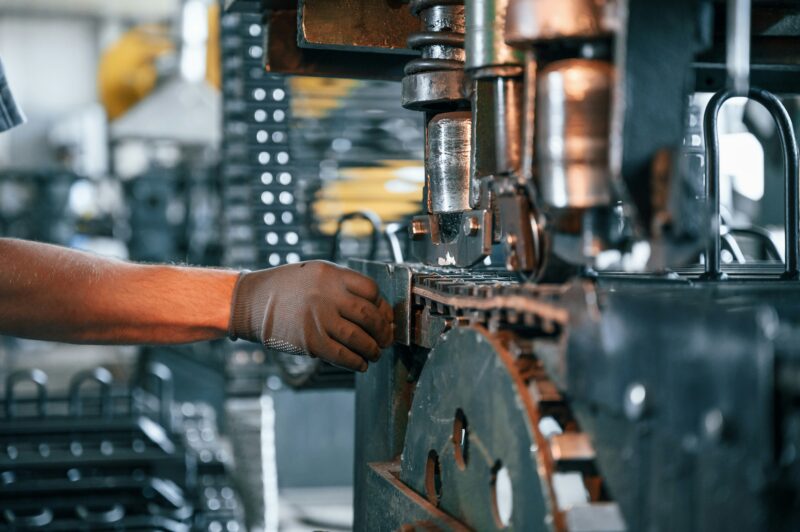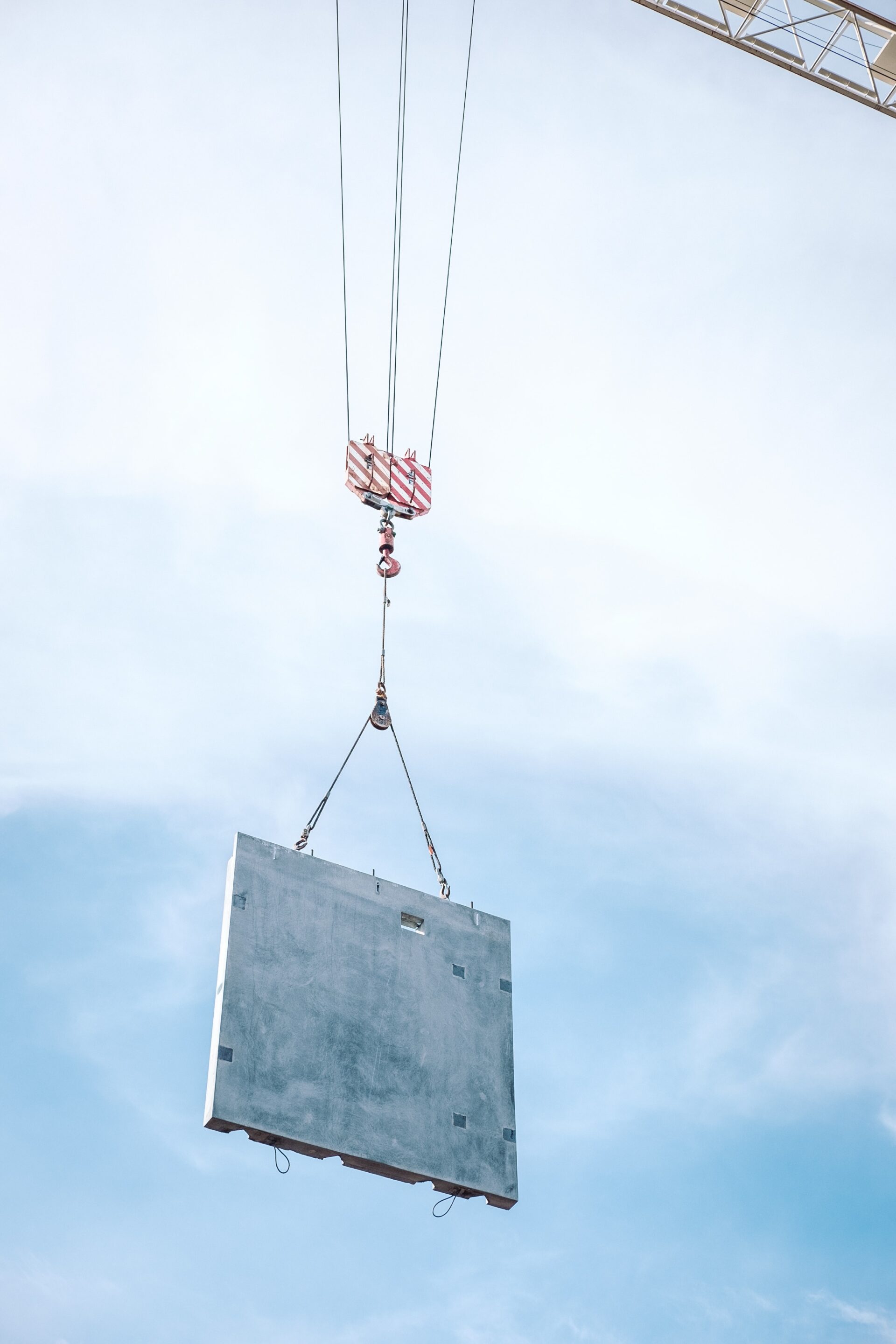
Weak Construction Activity Weighs on Economic Development
"The economic slowdown since mid-2022 has not yet impacted on employment. On the other hand, the decline in unemployment came to a halt in March 2022. Therefore, no further reduction is to be expected in the near future, even in a year-on-year comparison," says the author of the current business cycle report, Marcus Scheiblecker.
According to Statistics Austria, the Austrian economy grew by 5 percent in real terms in 2022 compared to the previous year, which was stronger than previously expected. Growth was concentrated in the first half of the year, while it stagnated in the third and fourth quarters (+0.1 and 0.0 percent quarter-on-quarter, respectively).
According to the WIFO Weekly Economic Index (WWWI), the domestic economy continued to weaken at the beginning of 2023. In the fourth quarter, the economy grew by 1.4 percent year-on-year (in real terms), but a decline of 0.6 percent was estimated for January. The first two weeks of February were weak as well, with year-on-year growth of only 0.3 percent. The results of the WIFO-Konjunkturtest (business cycle survey) also point to a subdued development in the near future. Both the assessment of the current business situation and the expectations for the coming months had brightened up somewhat by autumn. In contrast, the most recent survey results have not shown any further improvement.
The weakness of the global economy is dampening domestic manufacturing. In addition, the frail construction activity is weighing on Austrian economic activity. Value added in the construction industry has been shrinking with increasing momentum since the third quarter of 2022.
In contrast to the euro area, inflation in Austria has not yet abated. In January 2023, the CPI was 11.2 percent above the previous year's level. Price pressures are also unlikely to have eased much in February either.
While employment continues to grow, the weak economy is increasingly slowing the decline in unemployment. The number of people registered as unemployed with the Public Employment Service Austria (AMS) has been stagnating for several months. Although year-on-year decreases can still be observed, they are declining from month to month. At the same time, the number of vacancies reported by companies is decreasing.
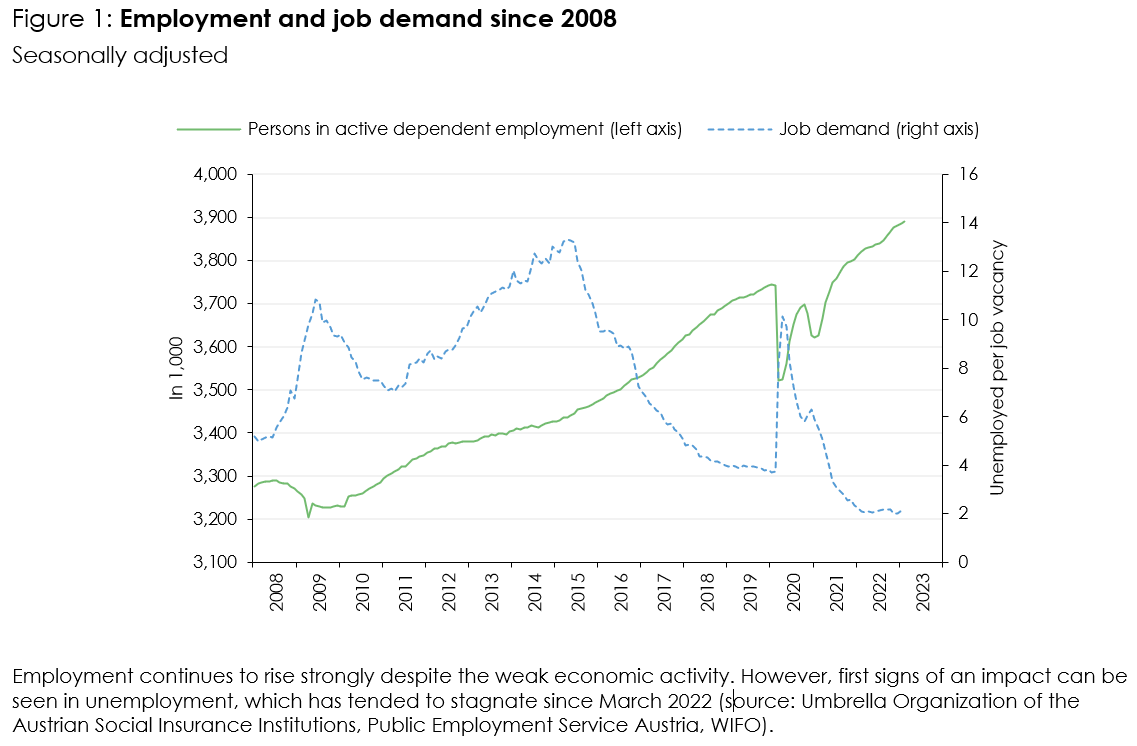
Publications
Please contact












